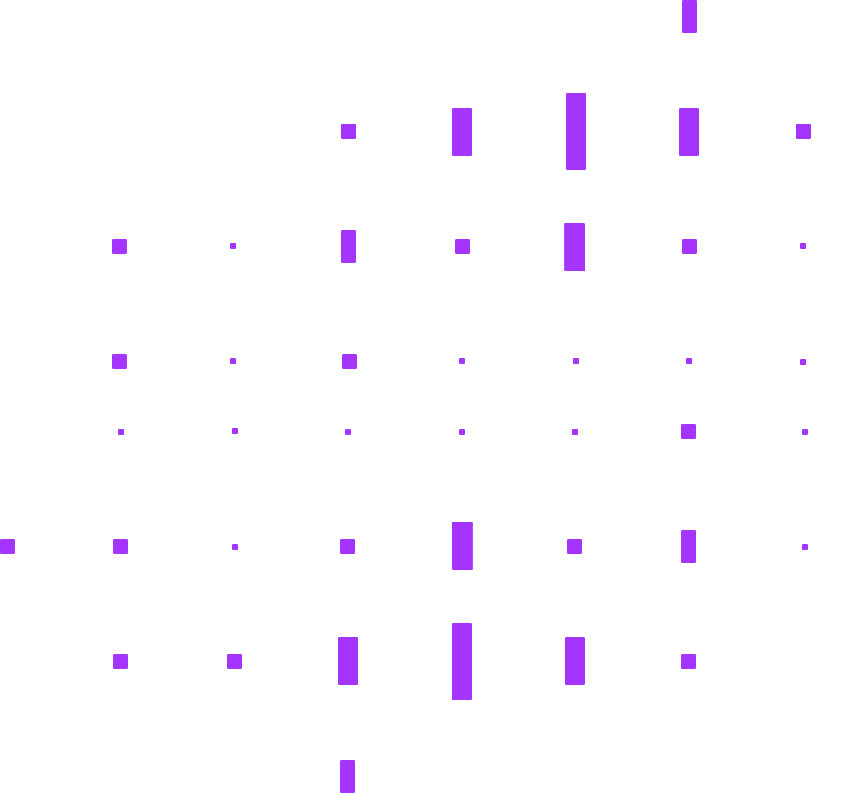What does DEI stand for?
DEI stands for Diversity, Equity, and Inclusion.
What is the difference between diversity and inclusion?
Diversity is about ensuring that the organization is representative of the many fundamental characteristics that make employees unique. Whereas, inclusion is about enabling the diverse talents within your organization to thrive, ensuring that individuals of all backgrounds feel respected, valued, and are included in important decision-making. It is about enabling feelings of belonging for every employee and creating the necessary conditions for them to excel.
What does DEI mean in the workplace?
In the workplace, DEI is much more than a check in the box, but an essential component of a positive organizational culture that helps drive innovation, improve effective collaboration, and enhance employee engagement for shared success. DEI in the workplace refers to efforts taken by individuals, teams and the entire organization to create a diverse workforce, ensure fair opportunities for all, and foster an inclusive culture where everyone feels respected.
Does DEI increase performance?
Yes, DEI can improve performance in several ways. Research has shown that diverse teams drive innovation and creativity by bringing different perspectives to problem-solving. Additionally, inclusive workplaces foster higher employee engagement, satisfaction, and retention, which can lead to greater productivity for your organization. Companies that prioritize DEI in the workplace also tend to make better decisions, adapt more effectively to change, and appeal to a broader customer base. While the direct impact of DEI on performance can be complex to measure, numerous studies suggest a strong link between effective DEI practices and overall business success.
How to implement DEI in the workplace?
Implementing DEI in the workplace requires a strategic approach that encompasses leadership commitment, policy development, ongoing observation and education. Organizations can start the process of implementing DEI in the workplace by assessing their current DEI situation, setting clear goals, and adopting inclusive hiring and development practices. Providing DEI training, establishing employee support groups, and fostering open communication can also help organizations build a culture of belonging. It’s also important to regularly measure your progress and make necessary adjustments when implementing effective DEI work strategies to ensure long-term success and meaningful transformation for your organization.
What DEI solutions does Talogy offer?
Talogy Perceptions™ is a comprehensive suite of DEI solutions that makes inclusion tangible and measurable, helping individuals across all levels develop inclusive behaviors and mindset. It also supports organizations by helping them build a climate of inclusion that is focused on fair, respectful, and effective collaboration across all levels to ensure every individual, regardless of background or preferences, can meaningfully contribute and feel they are a part of the organization.
Talogy’s commitment to DEI can be seen throughout our solutions and services that keep fairness and inclusion at the forefront.
Does DEI work?
DEI strategies can be very impactful when grounded in research, thoughtfully designed, consistently implemented, and supported by leadership. Studies demonstrate that organizations with strong DEI strategies benefit from increased employee engagement and better decision-making. However, their success depends on ongoing commitment from leadership, clear goals and objectives, and continuous evaluation to ensure meaningful and lasting impact.
What is DEI in hiring?
DEI in hiring refers to recruitment practices that prioritize diversity, equity, and inclusion to create a more inclusive and equitable workplace. This includes using unbiased job descriptions, diverse hiring teams, structured interviews, and fair selection processes. By actively seeking diverse talent and removing barriers for opportunity, organizations can build stronger, more inclusive teams that drive innovation and success.
Does DEI include disability?
Yes, DEI includes disability by ensuring that individuals with disabilities have equal access to opportunities and a supportive workplace. This involves implementing inclusive hiring practices, providing reasonable accommodations, fostering an accessible work environment, and promoting disability awareness. By embracing disability inclusion, organizations create a more diverse and equitable workforce where every employee can thrive.
Does DEI include women?
Yes, DEI includes women by promoting gender equity, inclusive policies, and equal opportunities in the workplace. This involves initiatives such as fair hiring and promotion practices, leadership development programs, and pay equity. By fostering an inclusive climate that supports women, organizations can enhance employee engagement and sense of belonging.
Is DEI effective for improving talent retention?
Yes, DEI is effective for talent retention by creating a workplace where employees feel valued, respected, and included. Inclusive cultures foster higher satisfaction, engagement, and a stronger sense of belonging, which reduces turnover. Equitable policies, career growth opportunities, and diverse leadership also contributes to long-term employee commitment and organizational success.
What is the purpose of DEI in the workplace?
The purpose of DEI in the workplace is to create an environment where all employees have equal opportunities, feel respected, and can thrive. By fostering DEI, organizations can enhance effective collaboration and employee engagement. A robust DEI strategy can lead to better decision-making, improved performance, and more supportive leaders and teams.







